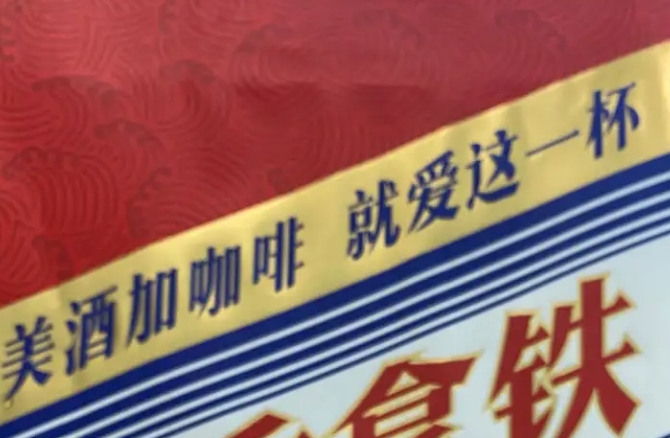Offset Printing VS Flexography
Time: 19 Aug,2025 | 929 reviewsoffset printing and flexography each excel in their respective areas, with offset printing renowned for its high-quality output in fine print and packaging, while flexography stands out for its simplicity, versatility, cost-effectiveness, and environmental friendliness, particularly in packaging and labeling.
Offset Printing
Process Principle:
Offset printing, also known as photogravure, is a sophisticated printing technique. Its fundamental principle involves creating raised image areas on a copper plate, which during the printing process transfer ink onto the substrate. The plate creation typically utilizes photographic, electroplating, or engraving techniques. In the etching process, the non-image areas of the copper plate are eroded, while the image areas remain unchanged due to protective agents, resulting in raised images. During printing, ink is applied to these raised images and transferred to the substrate through pressure.
Application Areas:
Offset printing finds extensive application in printing photographic images, high-quality publications, packaging, and hot stamping with anodized aluminum. Its high printing quality makes it suitable for rendering high-resolution images and text.
Characteristics:
Complex Plate-making Process: Requires rigorous operations and precise process control, as deviations can lead to quality issues.
High Printing Quality: Produces crisp images and vivid colors, ideal for high-quality graphics and text.
Relatively High Cost: Due to the intricate plate-making process and expensive equipment/materials, it's suitable for large-scale production with stringent quality requirements.

Flexography
Process Principle:
Flexography is an indirect printing method that employs flexible printing plates and transfers ink through an anilox roller. The plates, made of rubber or similar materials, are soft and elastic. During printing, ink is applied to the raised image areas of the plate, which are then pressed onto the substrate by an impression cylinder.
Application Areas:
Flexography is widely used in packaging, labeling, commercial printing, and card printing. Its versatility allows printing on various materials, including paper, plastic films, and metals, making it particularly suitable for packaging and labeling.
Characteristics:
Simple Plate-making: The process is straightforward and cost-effective, suitable for large-scale production.
High Adaptability: Can print on diverse materials, ranging from ultra-thin and extremely smooth to ultra-thick and rough surfaces.
Stable Printing Quality: The use of anilox rollers ensures uniform ink distribution, resulting in consistent ink color on printed materials.
Eco-friendly: Widely adopts non-toxic water-based inks, complying with environmental regulations.

